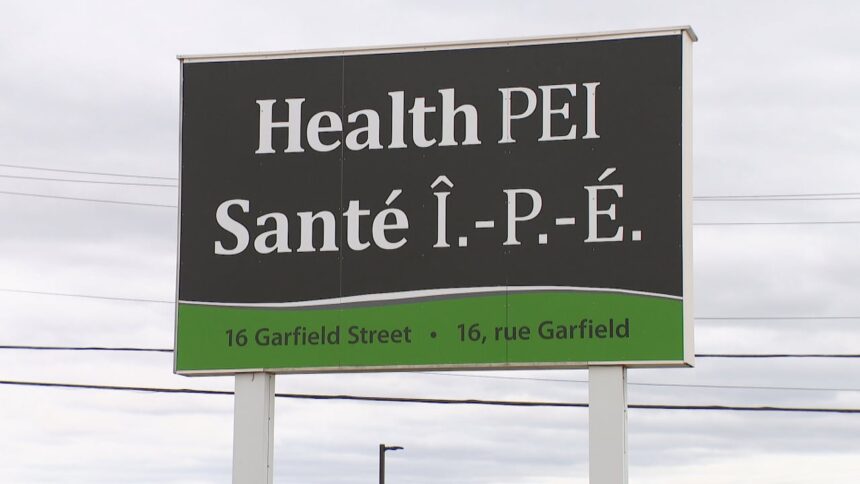The revolving door of temporary leadership at Health PEI has come with a substantial price tag for Island taxpayers, raising questions about fiscal responsibility amid the province’s ongoing healthcare challenges. An investigation by CO24 News has revealed that the health authority has spent over $1.2 million on interim leadership positions over the past three years—a figure that has shocked both healthcare advocates and financial analysts.
“We’re essentially paying premium rates for temporary solutions,” says Dr. Eleanor Walsh, a healthcare policy expert at the University of Prince Edward Island. “This approach not only drains resources but creates organizational instability at a time when our healthcare system needs consistent direction.”
Documents obtained through freedom of information requests show that interim executives at Health PEI earn significantly higher compensation packages than their permanent counterparts—in some cases up to 40% more when factoring in housing allowances, travel expenses, and consulting fees. The health authority has cycled through four interim CEOs since 2021, with each leadership change costing an average of $87,000 in transition expenses alone.
Health Minister Timothy Morrison defended the expenditures during a tense exchange in the provincial legislature last week, insisting that “specialized talent comes at a premium in today’s competitive healthcare market.” However, opposition health critic Samantha Gallant countered that the funds would be better directed toward frontline services in a province where over 27,000 residents lack a family physician, according to recent Canada News statistics.
The financial implications extend beyond direct compensation. Internal reports indicate that decision-making delays during leadership transitions have postponed critical infrastructure projects and technology upgrades, potentially increasing their ultimate cost by an estimated $3.8 million due to inflation and changing regulatory requirements.
“When you compare PEI’s approach to other provincial health authorities, the contrast is striking,” notes financial analyst James Richardson of the Canadian Healthcare Economics Institute. “Nova Scotia and New Brunswick have implemented succession planning programs that have reduced their interim leadership costs by nearly 60% since 2020.”
The situation reflects broader challenges in CO24 Politics surrounding healthcare governance. Health PEI’s board chairman Robert McGregor acknowledged the concerns in a statement to CO24, revealing that the board has recently approved a leadership stability initiative aimed at developing internal talent and reducing dependency on external interim appointments.
“We recognize that continuity of leadership is essential for implementing our strategic healthcare priorities,” McGregor stated. “The board is committed to addressing this issue while ensuring we maintain operational excellence during transitions.”
For frontline healthcare workers, the leadership carousel has tangible impacts. “Every time we get a new interim leader, priorities shift, projects get paused, and we essentially restart the relationship-building process,” explains Nurse Practitioner Jennifer Doyle, who works at Queen Elizabeth Hospital in Charlottetown. “It’s exhausting and demoralizing when we’re already stretched thin.”
As CO24 Business analysis shows, the fiscal implications of these leadership decisions extend beyond the healthcare sector, potentially affecting the province’s overall economic outlook. With healthcare representing 42% of PEI’s annual budget, inefficiencies in this sector have ripple effects across government spending priorities.
As Health PEI prepares to launch another executive search next month, the question remains: can the province afford to continue this pattern of expensive interim appointments, or is it time to invest in a more sustainable leadership model that provides both stability and fiscal responsibility to a healthcare system in desperate need of both?

























